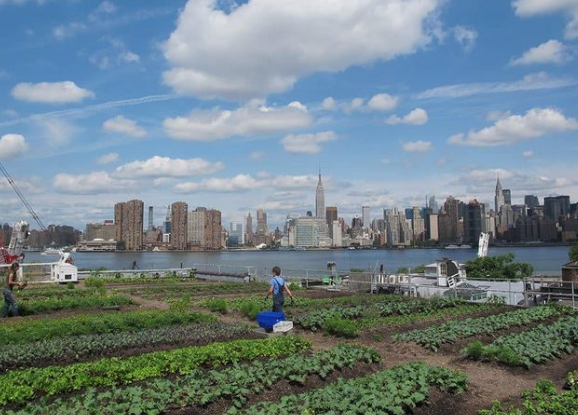Food and Climate Change

Can industrial agriculture provide food for our growing world population without grossly contributing to climate change? I believe the answer is no.
Current ways of producing food account for 24% of our CO2 emissions, which is equal to the amount coming from the generation of electricity. The main sources of greenhouse gas emissions related to agriculture are from deforestation (for animal use and animal food production and palm oil), methane emissions from cows, nitrous oxide released from fertilizer, transportation and food waste.
There are ways to draw down these emissions.
1) We can adopt regenerative farming practices to build soil health and sequester carbon. Industrial agriculture notoriously uses enormous amounts of energy and toxic chemicals that are degrading and depleting arable soul. It is estimated that we have 60 years of farmable soil left if this degradation continues.
2) We can eat a more plant-based diet, and eat less meat.
3) We can protect our ecosystems and stop burning our forests.
4) We can support local food growing operations.
5) We can rethink our global economy. Did you know that it is common practice for fish caught in Norway or Ireland to be shipped to China for deboning, and then shipped back to those countries for sale? This is “Insane Trade.” Read this Factsheet from Local Futures which describes this wasteful, insane practice.
Check out my September newsletter for descriptions of urban farms, food parks and community gardens that exist all over the world. The goal is common to all of them: to provide healthy food to local communities, foster environmental and economic resilience, be models for sustainable agriculture, and create natural spaces for urban dwellers.
For an excellent brief description of how our current food practices adversely impact our climate, look at Climate Solutions 101,Unit 3, Reducing Sources, starting at minute 8:10 through 13:06. The whole program is clear about the problems, and the solutions, but this portion applies specifically to food. It’s worth your time to watch the whole course.
Solutions abound. Let’s muster the will and courage to make change!
Back to Blog